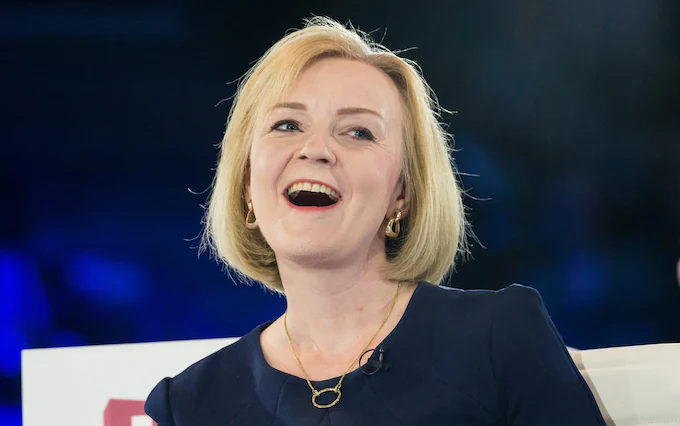Liz Truss will become the next British prime minister after defeating Rishi Sunak in the Conservative Party leadership contest.
Ms. Truss, who was the favorite to win, will succeed Boris Johnson on Tuesday and become the nation’s third female leader.
Truss, 47, has been foreign secretary and was the clear front-runner. She clinched victory by appealing to the right-wing party faithful as a tax-cutting, anti-“woke” candidate who would take a hard line on post-Brexit dealings with the European Union.
She inherits a country facing a dire winter energy crisis, widespread strikes, and economic recession — as well as long-term questions about the erosion of its cherished public services and its status as a world power after Brexit. Those issues were largely absent from discussion in the two-month leadership race, in which she defeated the former chancellor of the exchequer, or finance minister, Rishi Sunak, by 57% to 43% in the final runoff.
As the leader of the country’s largest party, she will be appointed prime minister by Queen Elizabeth II at Balmoral Castle in Scotland on Tuesday, a break from tradition for the aging monarch, who has always performed the royal duty in London.
Mr. Johnson, who was forced to resign after a wave of ministers left his government over a series of controversies, will visit the Queen at Balmoral to formally tender his resignation.
Most of Britain’s 67 million people had no say in Truss’ ascension. Instead, she was chosen by the party’s 180,000 members, who are 97% white; skew older, wealthy, and male; and lean to the right of Britain’s political spectrum. Truss does not appear to be hugely popular in polls of the broader public, and she was not the top choice of her party’s lawmakers, but she was the favorite of its members.
The next general election might not be until early 2025; polls give the opposition Labour Party large leads over the Conservatives following the acrimony around Johnson’s fall.
Liz Truss was born in Oxford to a math professor father and a nurse mother whom she described as “left-wing.” As a student at Oxford University, she supported the centrist Liberal Democrats and advocated such positions as abolishing the monarchy and banning nuclear weapons.
After she switched to the Conservatives, she was elected to Parliament in 2010 following several unsuccessful attempts.
In 2016, she voted to remain in the E.U. in the Brexit referendum. That put her on the liberal — and losing — side of a political and cultural war that has raged ever since. However, she has since switched sides, often displaying the zeal of the convert that seems to have convinced the party faithful.





